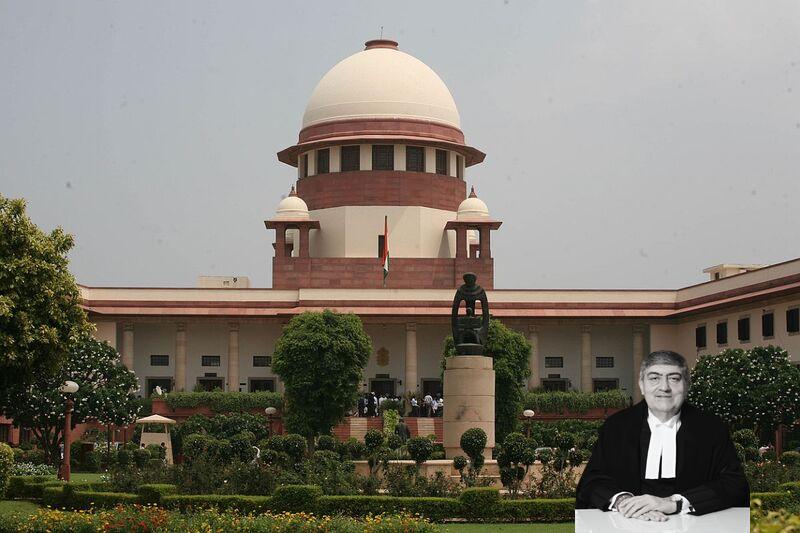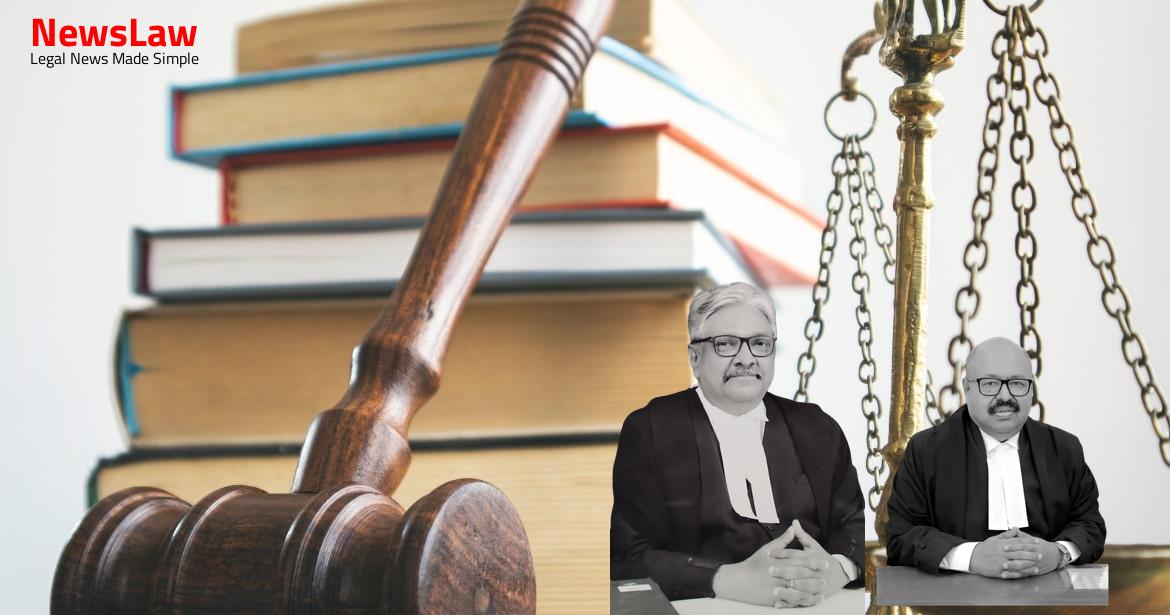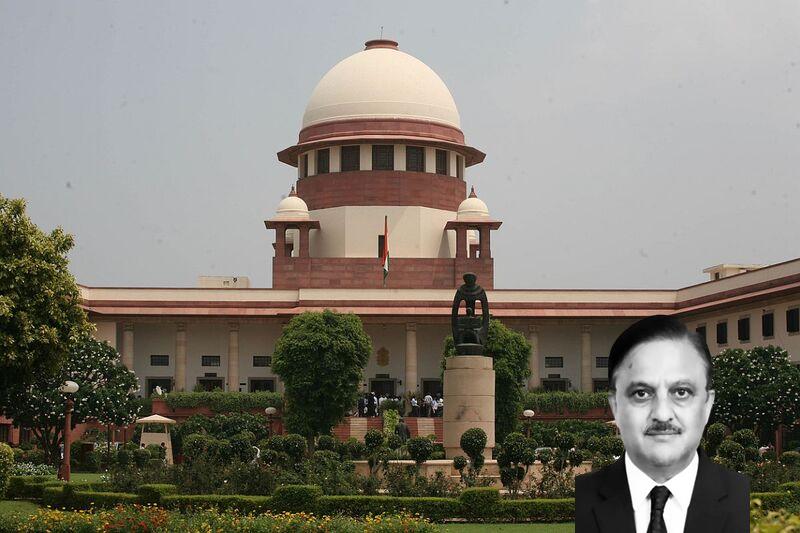It is sufficient to note that the NCLAT had put a question mark on the status of the entity as MSME on account of the certificate being procured after the process had began but in appeal as per the impugned order, the factual finding is that it was an MSME before the process began and thus the benefit of the MSME Act would be available to the said entity. This was in view of the observations made in paragraph Nos.32 & 34 of the impugned order which read as under:- “32) In any event, it is unequivocal that the Corporate Debtor is an MSME and as held by this Tribunal that it is not necessary for the Promoters to compete with other Resolution Applicants to regain the control of the Corporate Debtor. The real controversy thus is whether the observations made in the paragraph Nos.32 and 34 of the impugned judgment can be sustained or not in the conspectus of the observations in Bafna’s case (Supra) which is stated to have received imprimatur of this Court by the following order:- “ 1.
In this behalf, we may observe that all that has been done by this Court vide order dated 15.7.2019 is to simply uphold the order of the Tribunal by observing that no case for interference is made out-nothing more and nothing less. If it proposes maximisation of the assets and is found to be feasible, viable and fulfil all other requirements as specified by the Board, the company being MSME, it is not necessary for the ‘Committee of Creditors’ to follow all the procedures under the ‘Corporate Insolvency Resolution Process’. The intention of the legislature shows that the Promoters of ‘MSME’ should be encouraged to pay back the amount with the satisfaction of the ‘Committee of Creditors’ to regain the control of the ‘Corporate Debtor’ and entrepreneurship by filing ‘Resolution Plan’ which is viable, feasible and fulfils other criteria as laid down by the ‘Insolvency and Bankruptcy Board of India’. The discussion proceeds to the aspect of Committee of Creditors (for short ‘CoCs’) considering the feasibility, viability and such other requirements as have been specified by the Code and observes that if it proposes maximization of assets as feasible, viable and fulfills all requirements as specified by the Code, it is not necessary for the CoCs to follow all the procedures under the Corporate Insolvency Resolution process. The example given thereafter is, if a case has been settled before the 7 Constitution of a CoCs or in terms of Section 12A of the Code on the basis of an offer given by the promoter, in such a case, the procedure for calling of applications of the resolution applicants etc. This is more so as in the factual scenario 8 of Bafna’s case, the observations were made in the context of (a) before the constitution of CoCs or (b) in terms of Section 12A of the Code on the basis of an offer given by the promoter in such a case.
We are inclined to accept the request, making it clear that in case the financial creditors are not inclined to do so, if any further proceedings are initiated by the respondent(s) in that behalf, that would not impede the process to be dragged on by the respondent No.1. It is a one time window given to the respondent No.1.



